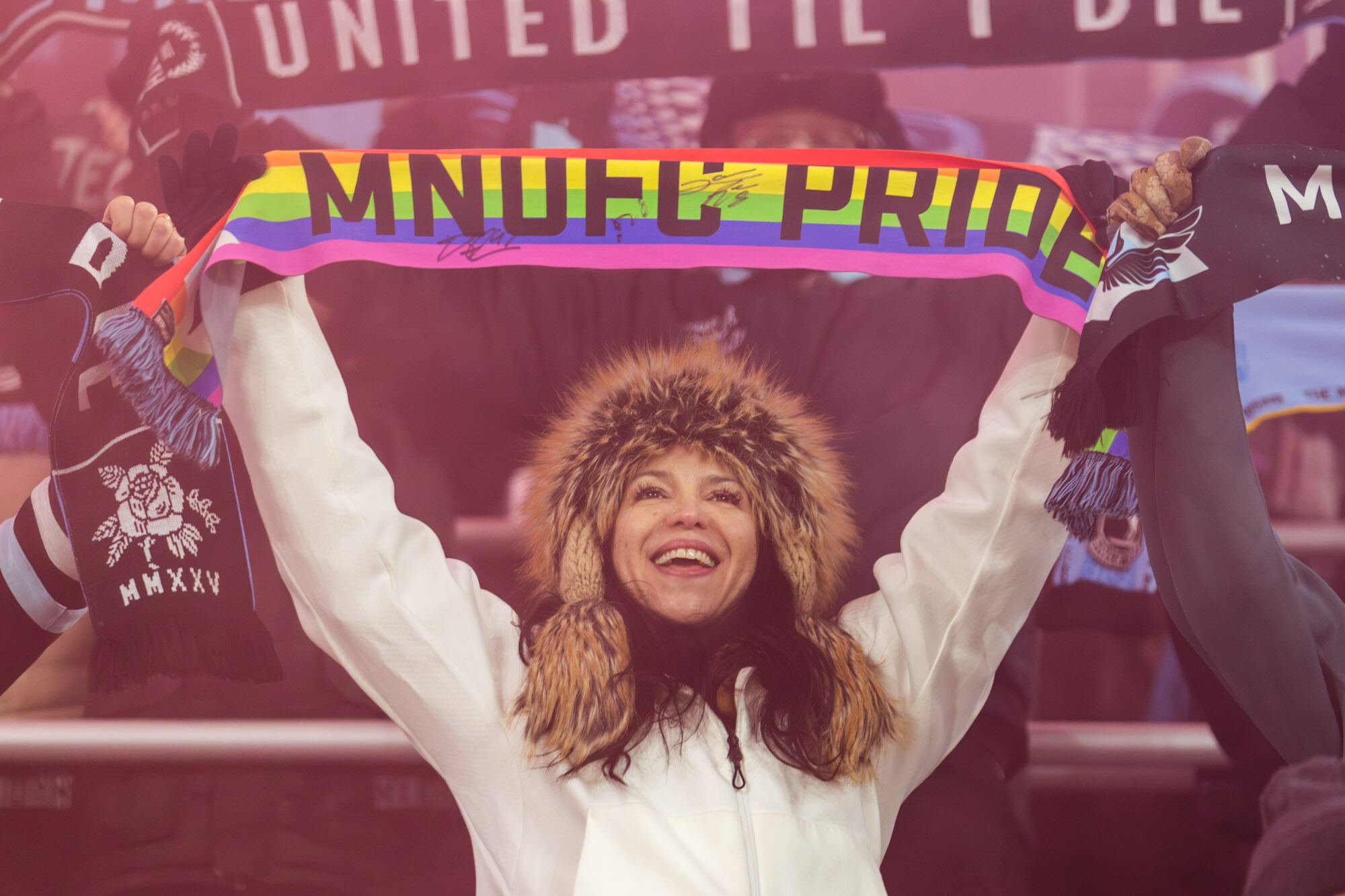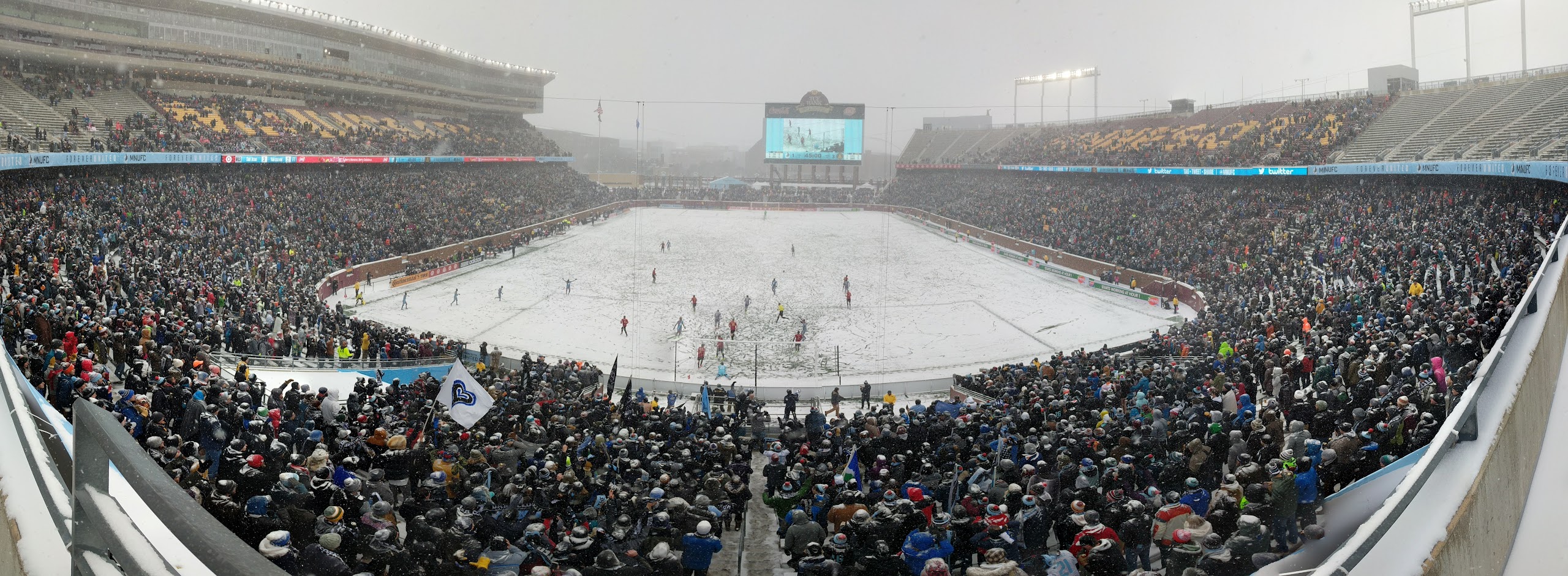Breakdown: Major League Soccer’s calendar change, transition process, and it’s impact

This past Thursday, to a lot of press coverage, and even some fanfare throughout the world, Major League soccer announced a change to the schedule. Something that had long been rumoured and also feared by many fans, especially in northern climates like Minnesota. Come the end of 2027, MLS will flip from a summer to fall schedule to a fall to summer schedule. Although the change isn’t as straightforward as it sounds. Due to the climate in much of North America the league will be instituting both a winter and summer break, with the winter one being the much longer of the two. This puts it more in line with a schedule like Mexico’s top flight Liga MX, that has two distinct parts of the season. Those halves, Torneo Apertura and Torneo Clausura, are broken up by a “final stage” (playoffs) after each half, with the non-qualifying teams breaking for as much as eight weeks.
2026 Season
The 2026 MLS season will more or less resemble the 2025 season and the previous 30 seasons as we’ve known them. The nine clubs who have qualify for the Concacaf Champions Cup will begin training camp in early to mid January followed by the remainder of the league starting camp in mid to late January. The kickoff to the season is expected to be in late February, with many northern teams hosting their first match at home in early March. Next seasons Leagues Cup dates and format have not been announced or hinted at, as of publication.
For the fourth consecutive year MLS will break during the summer, this time for the FIFA World Cup, after breaking for the Leagues Cup in 2023 and 2024 and the Concacaf Gold Cup in 2025. Following the World Cup break, the secondary transfer window will be right around the corner as will the sprint towards the 2026 MLS Cup Playoffs. The regular season is expected to end the week after the October international break, which will be followed by the MLS Cup Playoffs. The final “fall” MLS Cup Final would then take place in around the same time it has since 2012 in early December.
The largest change, one that will benefit fans, teams, and the league alike is the elimination of MLS Season Pass. Starting next year the extra subscription ($79.99 for Apple TV+ subscribers, $99.99 for non subscribers) will be eliminated and all matches will now be included in the Apple TV subscription itself.

2027 Transition
The first part of the transition will be a quick fourteen match sprint season, that will start in February and end in May 2027. Major League Soccer did not announce whether there would be playoffs following the shortened 2027 spring season, which could lead to a year without an MLS Cup. Though the new MLS Cup Playoffs will take place in May, giving the league more than enough time to hold a playoff tournament. This could either be a shortened smaller playoff or a larger tournament, as seen during the 2020 COVID-19 impacted season. Either way that season will be used to “determine 2027 qualification for the Lamar Hunt U.S. Open Cup, Canadian Championship, Leagues Cup, and Concacaf Champions Cup.”
New Calendar or Just a playoff flip?
This is where things get interesting. At the end of May, or before that for teams not qualifying for the playoffs going forward, the league will break for 3-4 weeks in June. This could be as many as nine weeks depending on when the season ends and the next one begins. Clubs will then re-start the regular season in mid-to late July and running through mid-December. This runs the schedule during the hottest part of the North American summer and the coldest parts of fall and early winter. After an 6-10 week midseason break that will last from mid-December into mid to late February, the season then resumes for roughly 2 and a half months before the MLS Cup Playoffs begin the following May.
Overall the schedule will mostly overlap with the existing spring to summer format, but with the matches being compressed into a far shorter amount of time. The 34 match regular season, Open Cup/Canadian Championship, and Leagues Cup will now be squeezed into a period of just seven and a half months compared to the roughly eight and a half months between the season start and the playoffs as is now. The winter break also means that most matches will be played in either early spring, fall, or the dead heat of summer rather than in the brutal North American winter. The continuation of July and August matches, which per NOAA’s Climate Data Online are the hottest months of the year on average, added with more colder matches has left many fans feeling left out in the cold on the move.

Impact on the US Open Cup and Canadian Championship
Outside of the impact on players and fans playing in more varied weather, the other massive impact will be on the United States and Canada’s open cup competitions. The Canadian Championship in all reality shouldn’t be impacted outside of playing across two MLS seasons. Canada’s top flight, the Canadian Premier League is a summer league and will continue to play through the summer due to the even harsher weather in the True North, which saw the North Star Cup final played in a blizzard. All three Canadian MLS clubs already qualify directly to the Quarter-Finals of the knockout and the format has remained very consistent over the years.
The Lamar Hunt US Open Cup on the other hand could be in for yet another seismic shift, just years after already taking one. In late 2023 the league pulled out all of it’s American teams from the Open Cup, stating it was due to “fixture congestion” that was in part caused by the expansion of the Leagues Cup. After initially stating it would send the Next Pro teams in their stead, something that was against Open Cup rules at the time. MLS ended up sending just eight teams, with nine more being represented by Next Pro sides, and the remainder not represented at all. 2025’s edition had 16 Major League Soccer teams participating along eight Next Pro second teams, with three teams not represented in the tournament at all.
Two other factors the USSF has to consider with the Open Cup are the pro clubs from USL Championship and League One as well as the amateur teams in the competition. USL had also long been rumoured to be exploring a switch to a winter format alongside it’s addition of a Division One league, they have not gone through with it at this time. USL has an even wider range of teams and climates than MLS, with cities like Madison, WI, Eugene, OR, and Detroit, MI represented in the North, but also containing teams like Phoenix Rising and Las Vegas Lights. Both of which play in totally unshaded open air stadiums in the Arizona and Nevada deserts. The attendance struggles in the winter-based women’s Gainbridge Super League may factor into that, but only time will tell.
Amateur teams, many of whom attempt to qualify for and play in the Open Cup face an additional challenge as they rely heavily on collegiate players. Those “Open Division” clubs cannot pull those college players prior to 1 May of each year and can only hold them until August when the new college season begins. This proves tough for teams in the first two rounds of the tournament as well as in qualifying during the fall, requiring many non-league teams to field two near completely different squads. If the Open Cup stays in it’s current spring-summer with fall qualifying format, there’s always the potential for less MLS sides in the tournament. But a move to a winter format would be detrimental to all other levels of soccer in the United States.
What about MLS Next Pro?
MLS has not made an announcement on the future of the Next Pro schedule, only stating “MLS NEXT Pro has been part of MLS’s discussions over the last several months and will continue to have conversations with its owners to make a decision about the calendar.” Many teams play at their first teams stadium or training facility, with few exceptions. A winter schedule for Next Pro would have a severe impact on MNUFC2 however as the M Health Fairview Dome goes up over NSC Stadium, the Twos home pitch every year. This would effectively squash the option of the Twos playing any home matches in Blaine from November through late April to early May of the following year, either requiring them to find a different home pitch entirely or split the season between NSC and another location.
Northland Soccer Journal thanks our Patrons for supporting our coverage.
If you would like to support independent soccer media, subscribe to NSJ on Patreon.